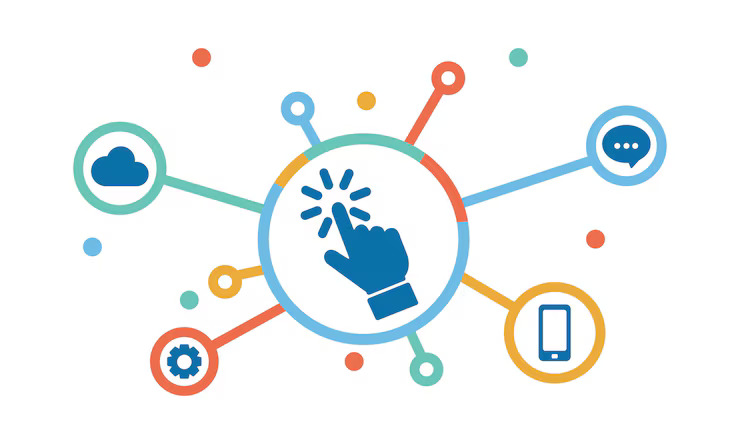
About Digital Communication
Digital communication is the foundation of modern connectivity, enabling fast, secure, and efficient transmission of data across networks. Unlike analog signals, digital communication uses binary code (0s and 1s) to represent information, making it more resilient to noise and easier to process, store, and transmit.
At TelExcell, we leverage digital communication technologies to power advanced systems across internet infrastructure, mobile networks, broadcasting, and industrial control. From embedded designs to IP-based public address (PA) systems, our solutions are engineered to streamline communication, reduce costs, and accelerate time to market.
Digital communication refers to the process of transmitting information using digital signals, where data is encoded in binary form—0s and 1s. Unlike analog signals, which vary continuously, digital signals are discrete and less prone to noise, making them more robust, efficient, and secure for data transmission.
Source – Generates the original message or data.
Encoder – Converts the message into a digital signal format.
Modulator – Prepares the signal for transmission by adapting it to the medium.
Transmission Channel – Carries the signal (e.g., copper cables, optical fiber, or wireless links).
Demodulator – Extracts the signal from the carrier at the receiving end.
Decoder – Reconstructs the original message from the digital signal.
💡 Why Digital Communication Matters
Digital communication forms the backbone of modern technology, enabling a wide range of applications including:
Internet and broadband communication
Mobile and satellite networks
Digital broadcasting (TV, radio)
Cloud computing and data centers
Industrial automation and control systems
By leveraging digital communication, businesses benefit from:
Greater reliability and clarity in signal transmission
Improved data security
Scalability for high-speed applications
Interoperability with modern IP-based systems